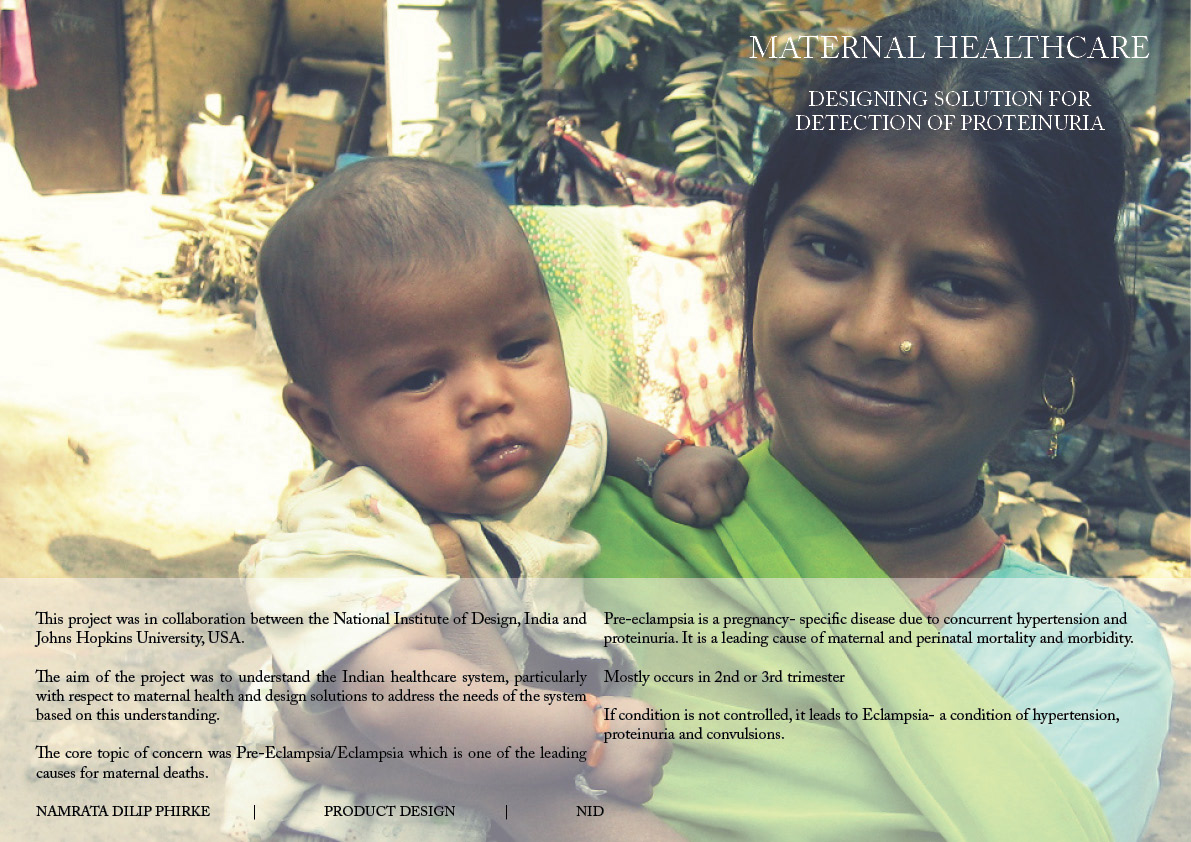
Pre-eclampsia is a pregnancy- specific disease due to concurrent hypertension and proteinuria. It is a leading cause of maternal and perinatal mortality and morbidity. Mostly occurs in 2nd or 3rd trimester
If condition is not controlled, it leads to Eclampsia- a condition of hypertension, proteinuria and convulsions.
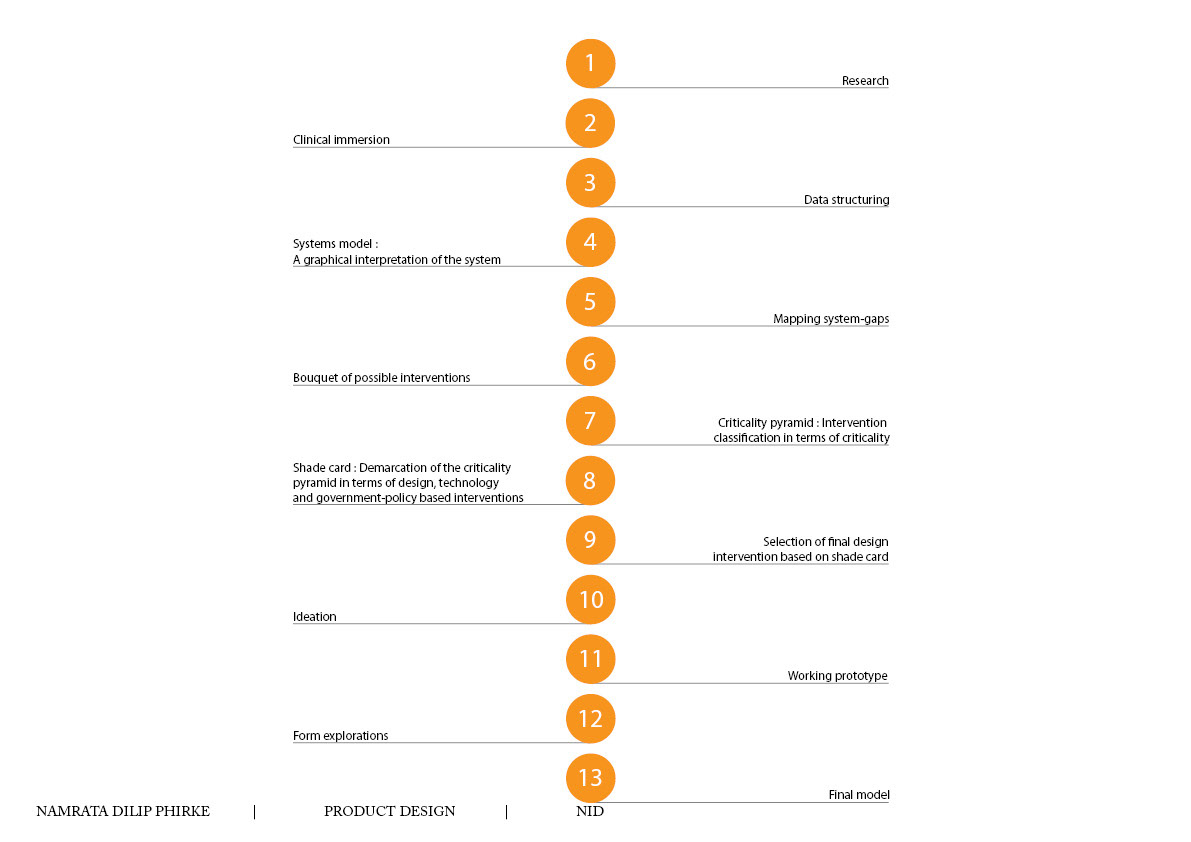
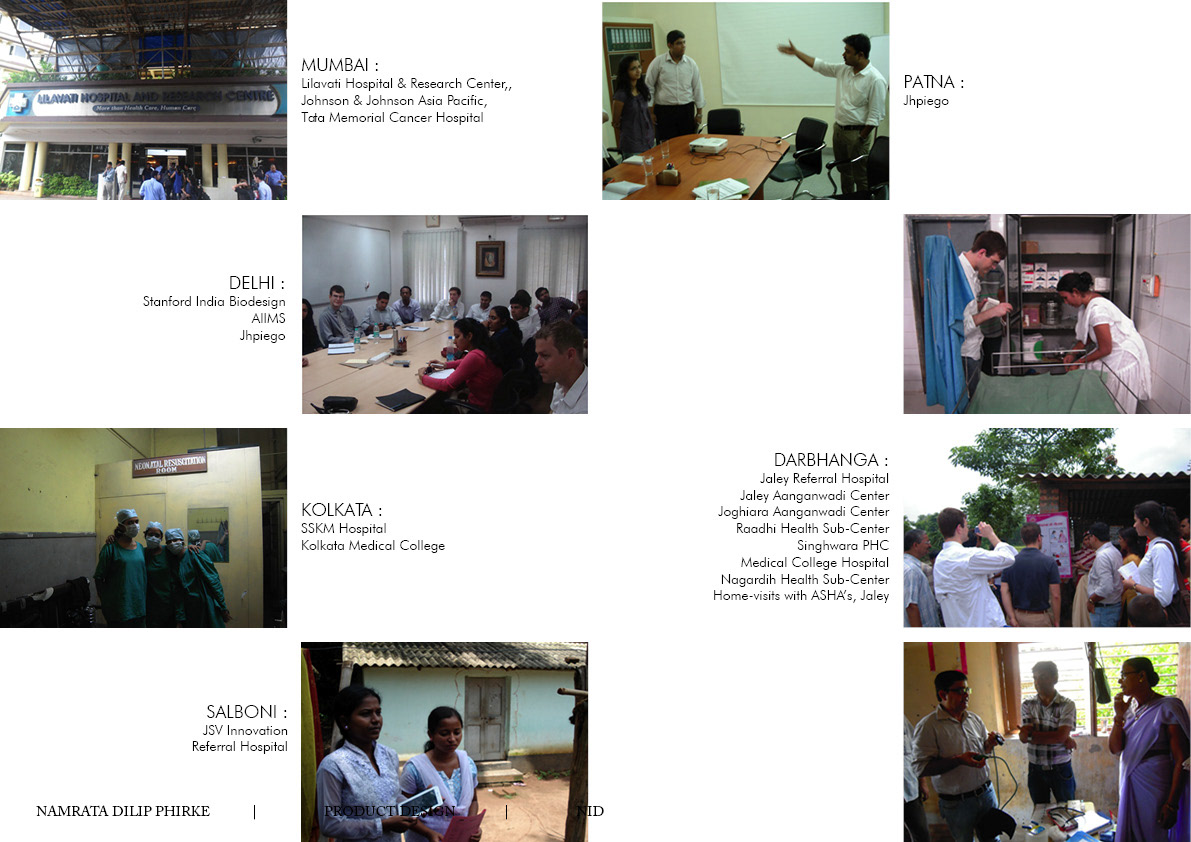


The building process of the metaphorical systems model was started by listing down all the factors that affect maternal health. These were then grouped in five categories - External factors, social factors, gestation, post gestation and crisis management. This was followed by fitting these into the metaphor of the mother’s womb under the appropriate category.
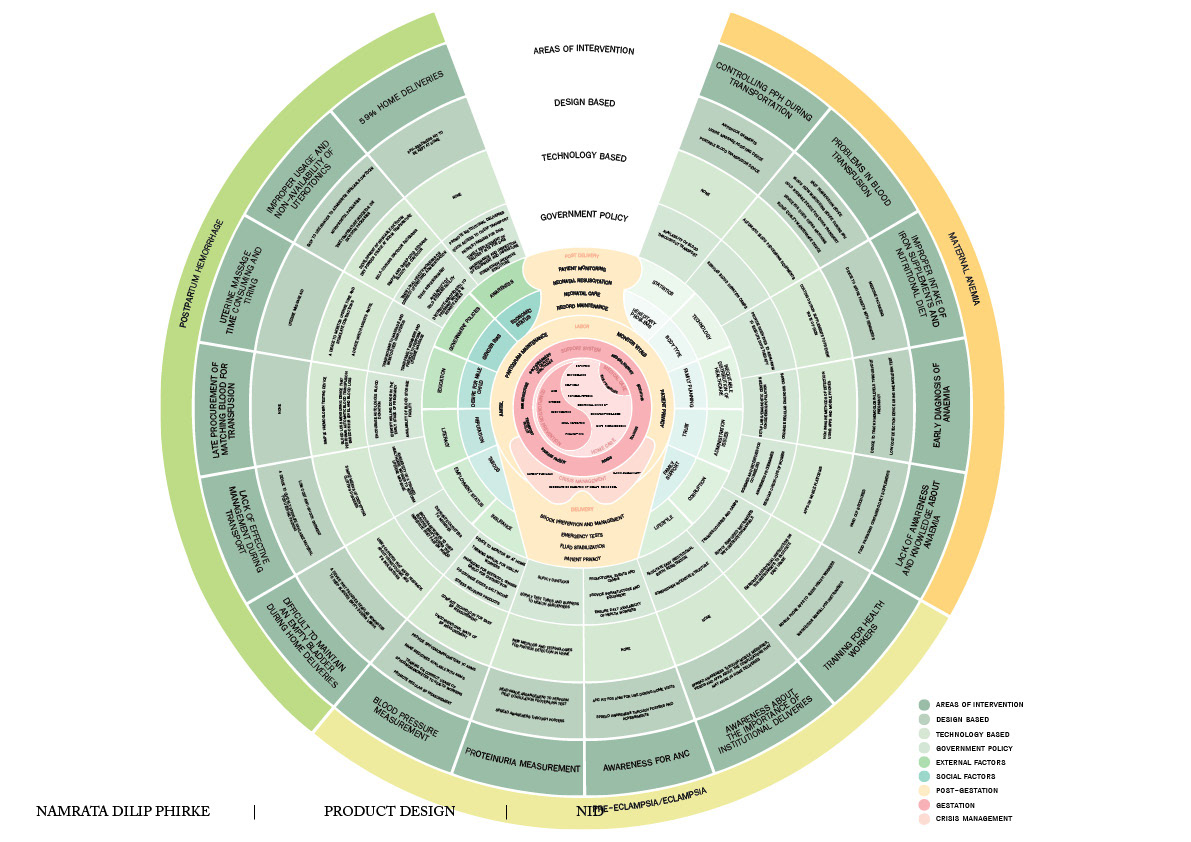
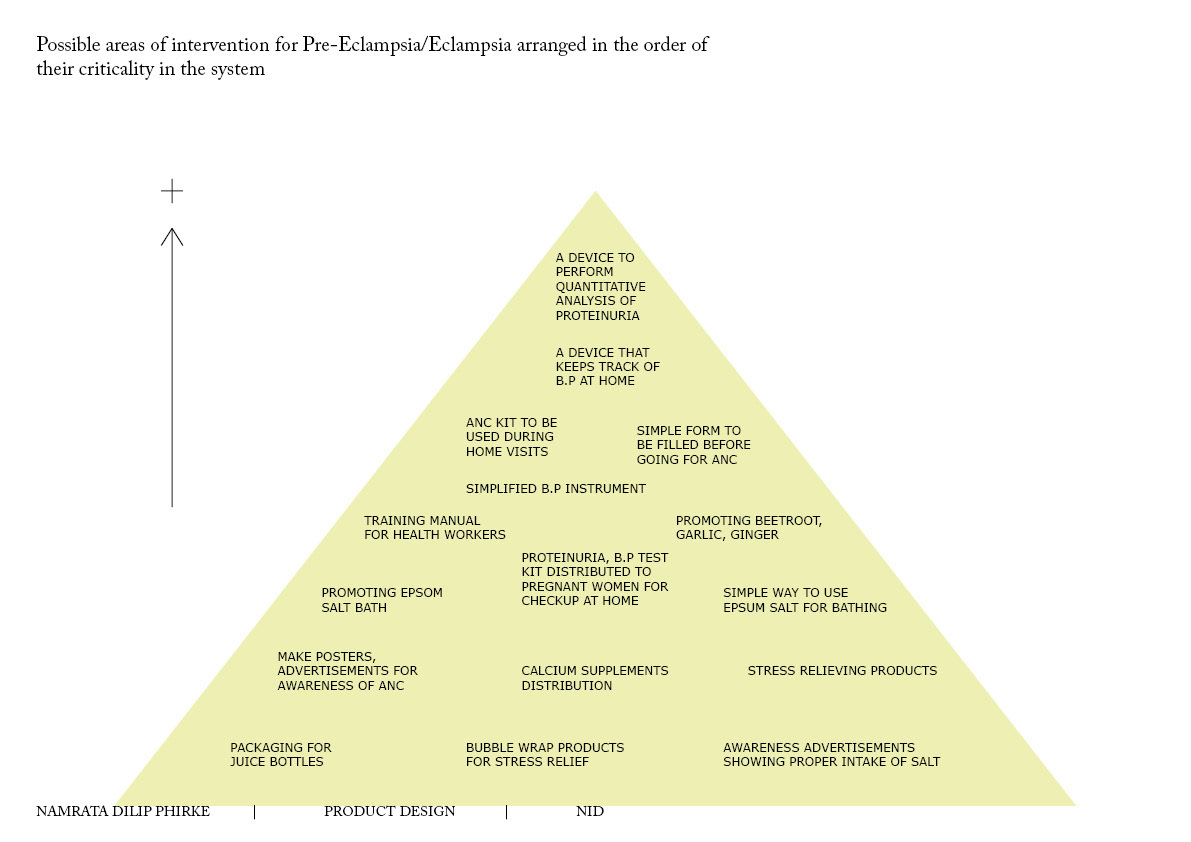

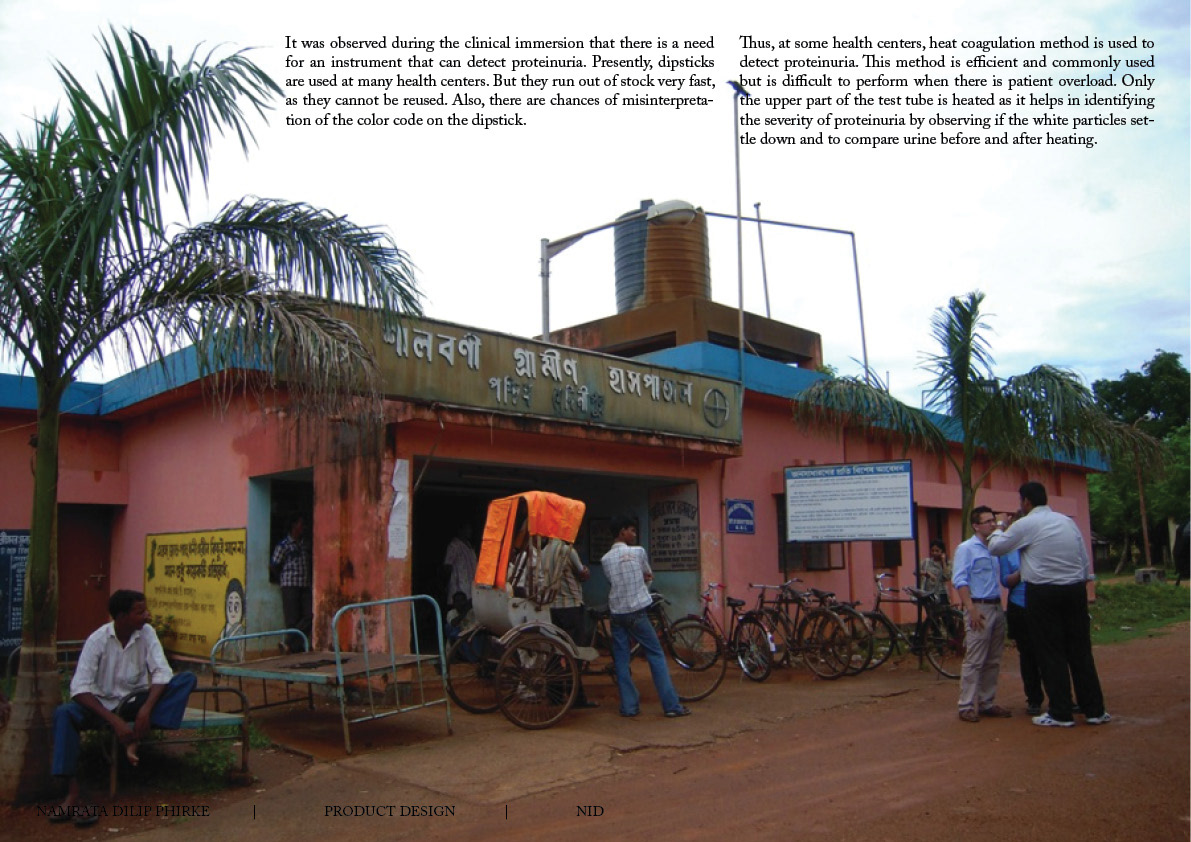
It was observed during the clinical immersion that there is a need for an instrument that can detect proteinuria. Presently, dipsticks are used at many health centers. But they run out of stock very fast, as they cannot be reused. Also, there are chances of misinterpretation of the color code on the dipstick.
Thus, at some health centers, heat coagulation method is used to detect proteinuria. This method is efficient and commonly used but is difficult to perform when there is patient overload. Only the upper part of the test tube is heated as it helps in identifying the severity of proteinuria by observing if the white particles settle down and to compare urine before and after heating.
Thus, at some health centers, heat coagulation method is used to detect proteinuria. This method is efficient and commonly used but is difficult to perform when there is patient overload. Only the upper part of the test tube is heated as it helps in identifying the severity of proteinuria by observing if the white particles settle down and to compare urine before and after heating.
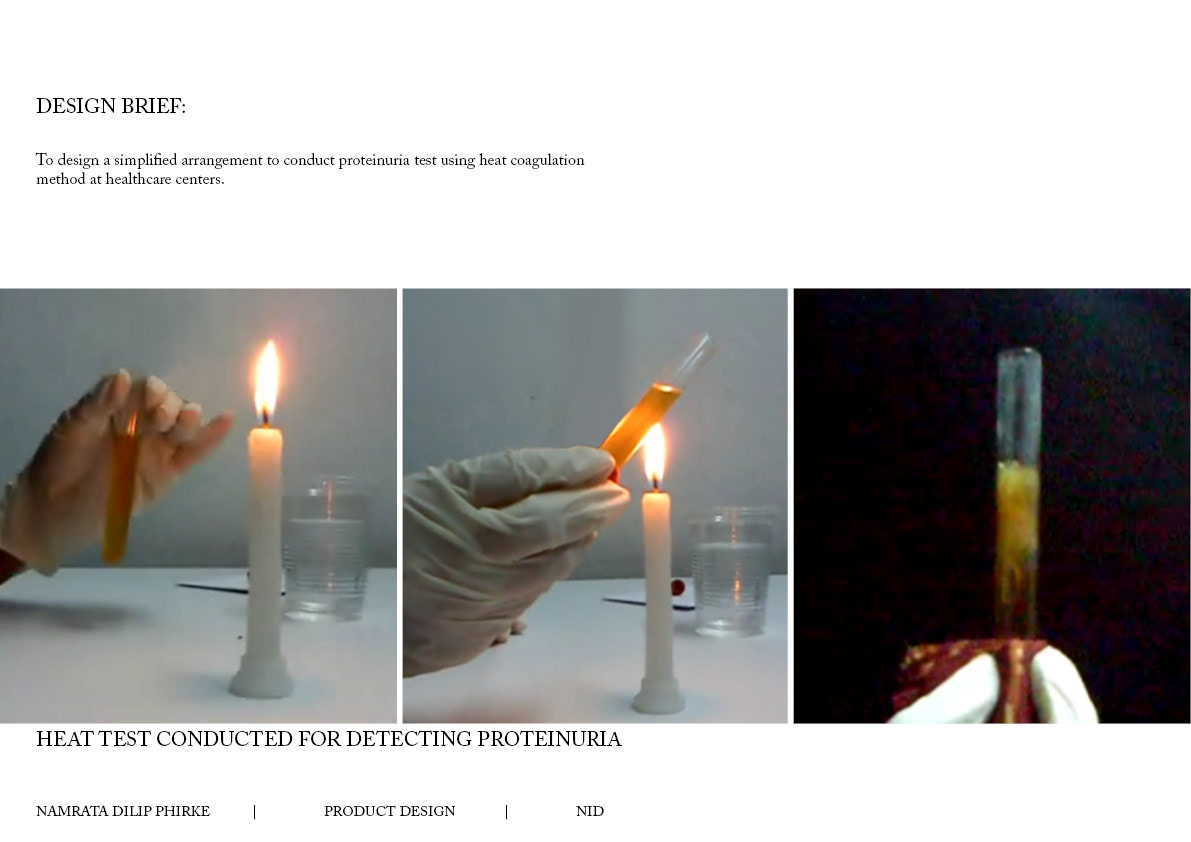
Design brief: To design a simplified arrangement to conduct proteinuria test using heat coagulation method at healthcare centers.
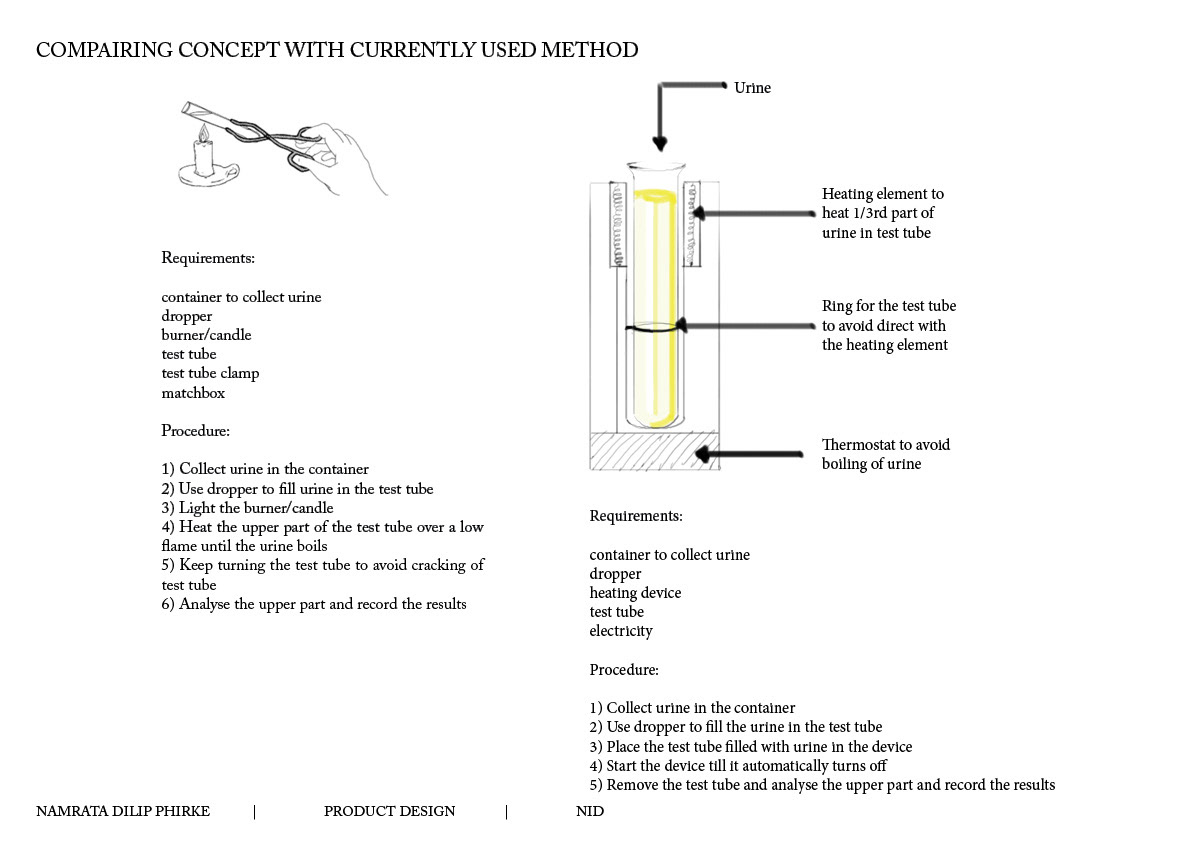
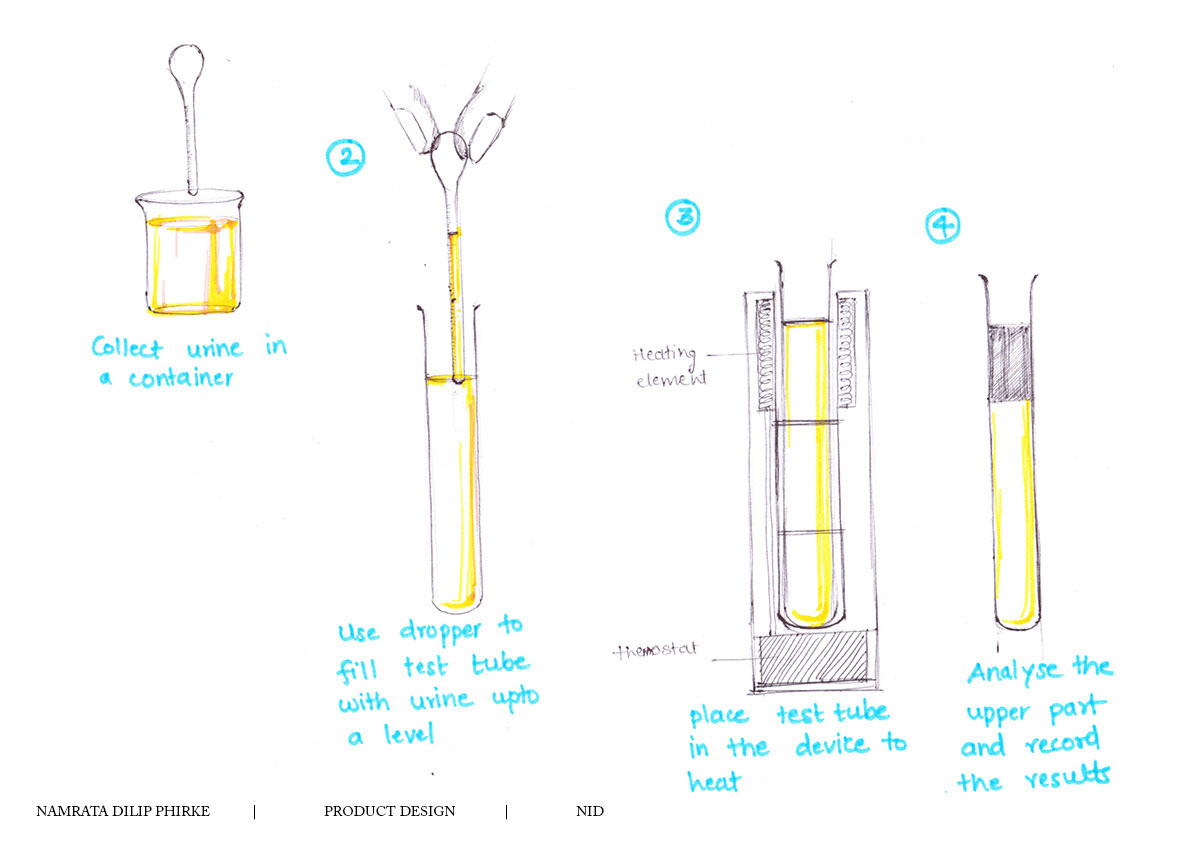
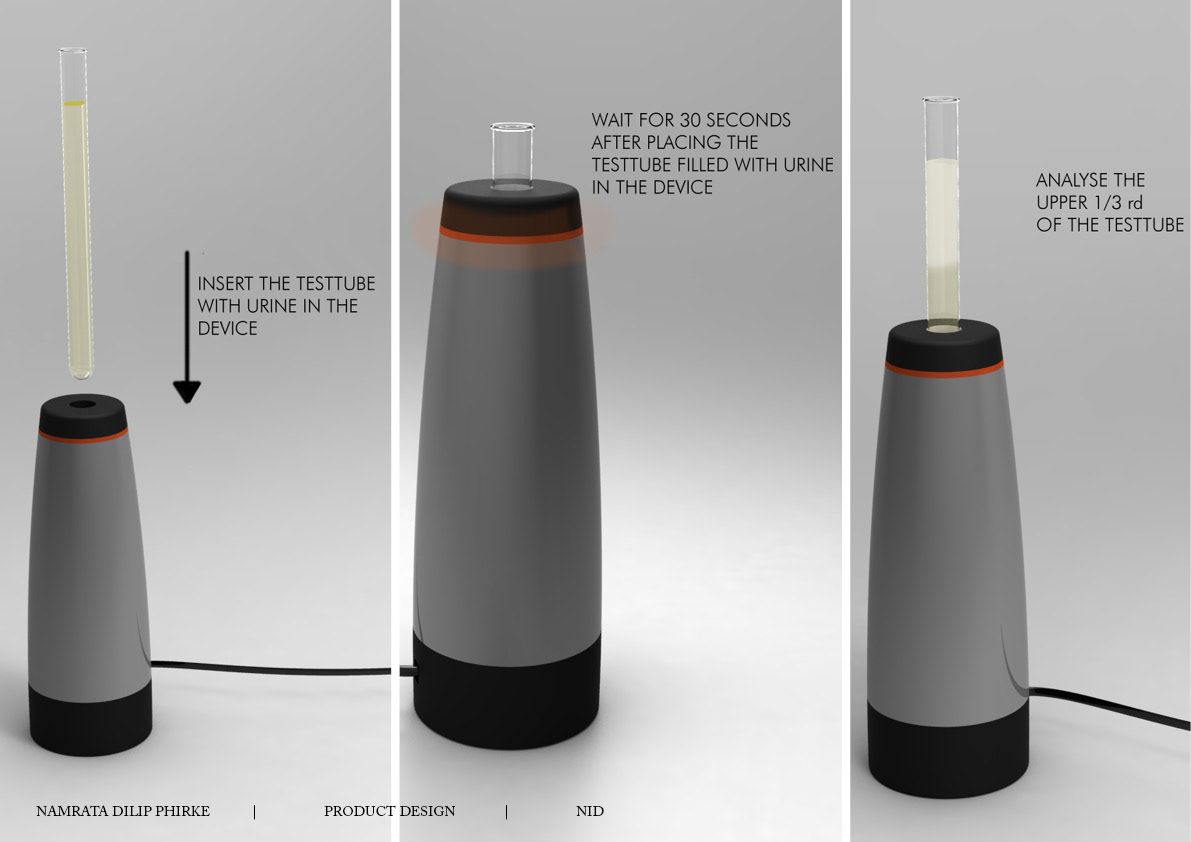
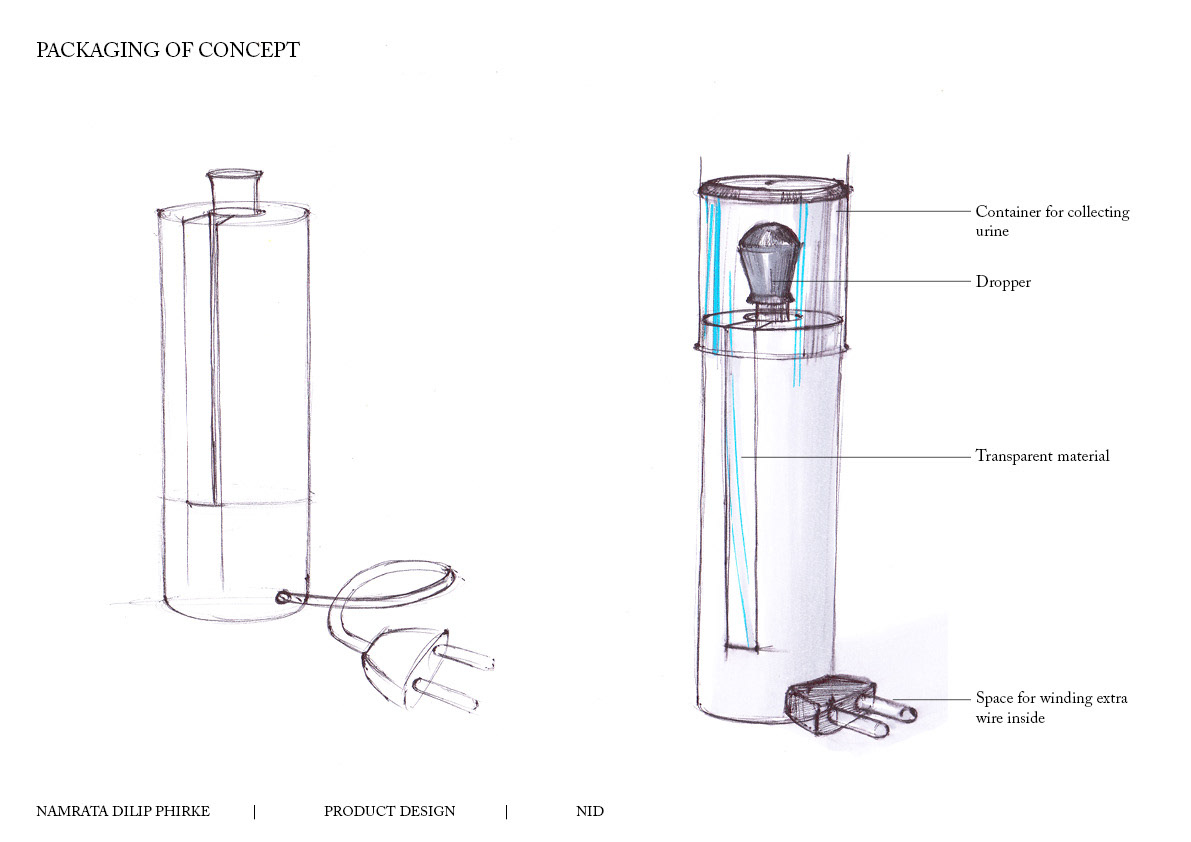
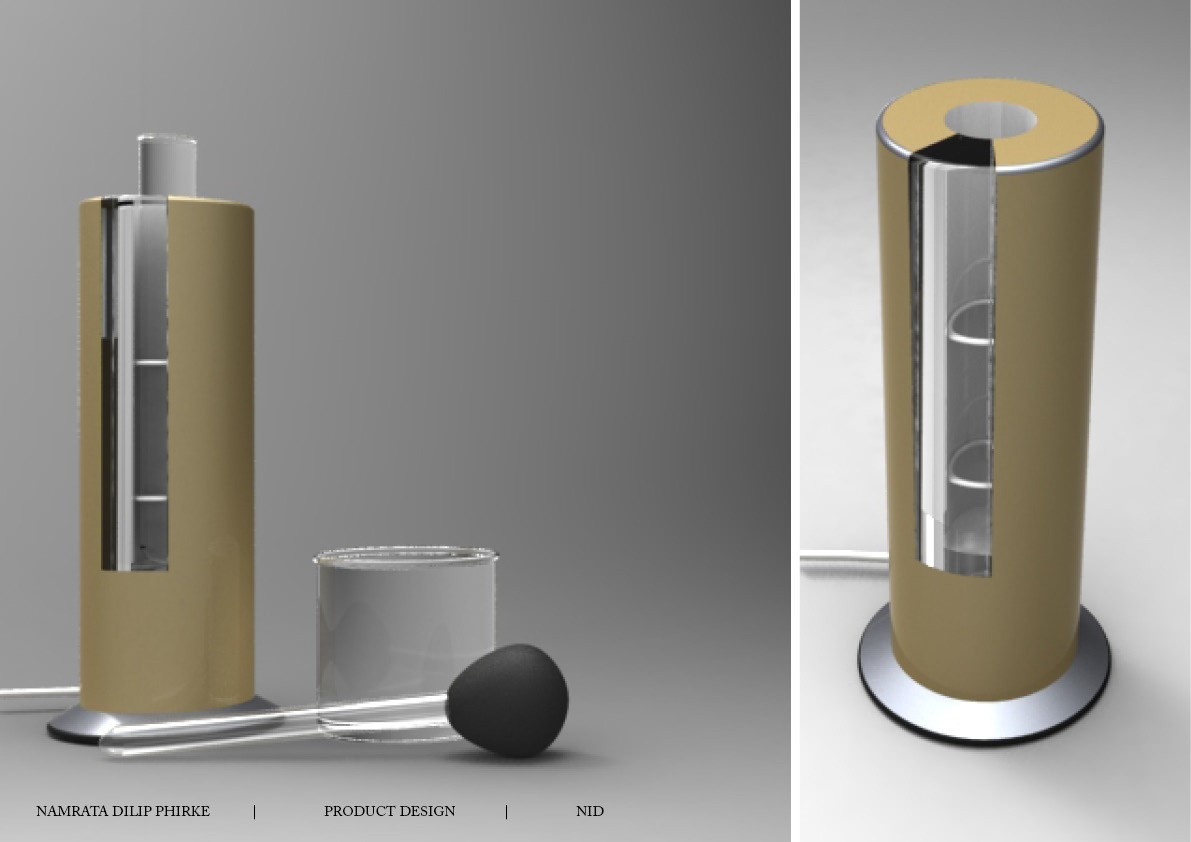


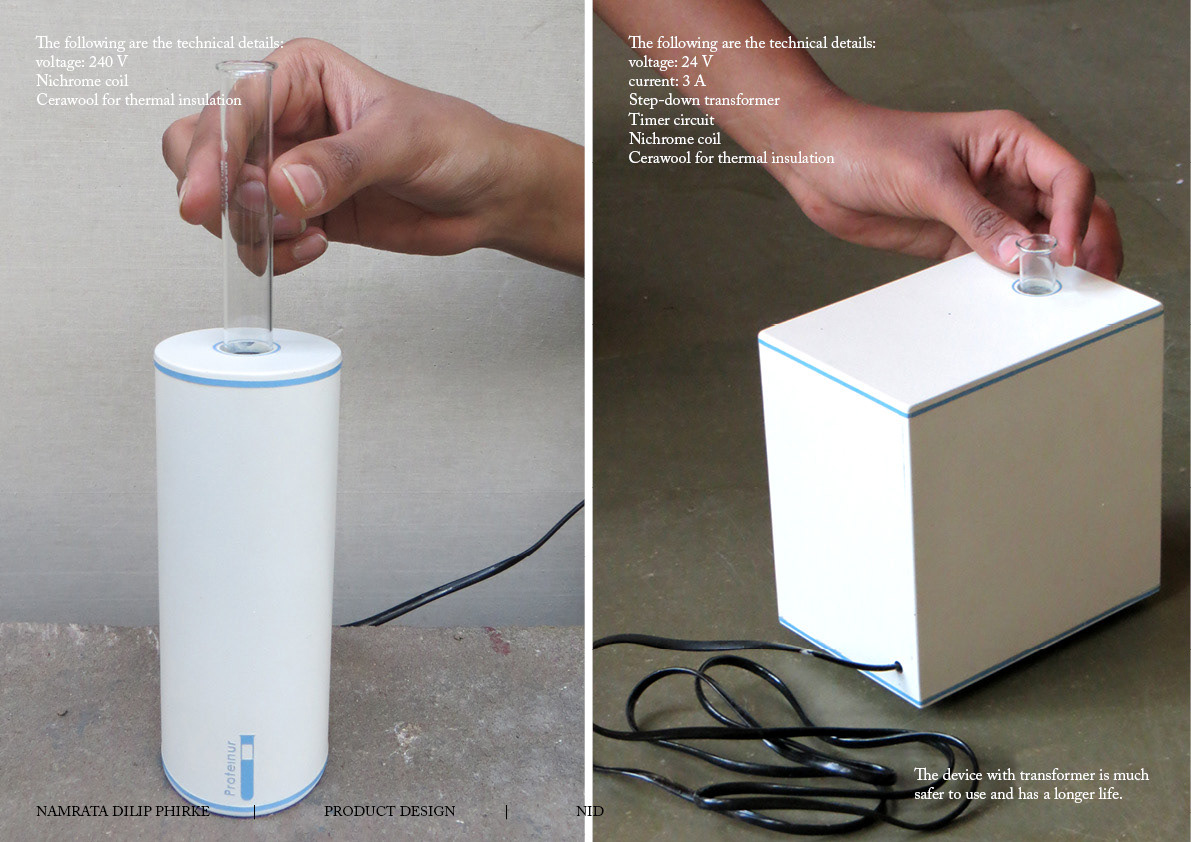
The device with transformer is much safer to use and has a longer life.
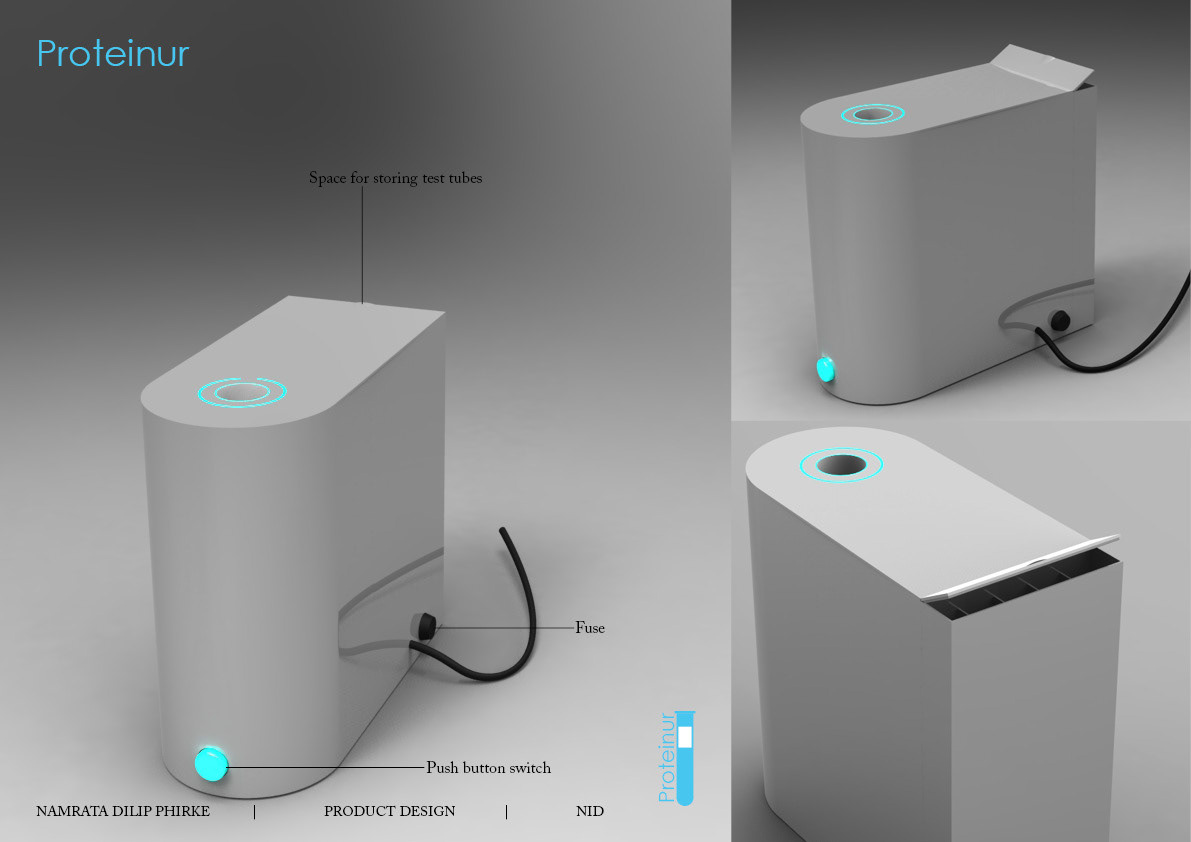

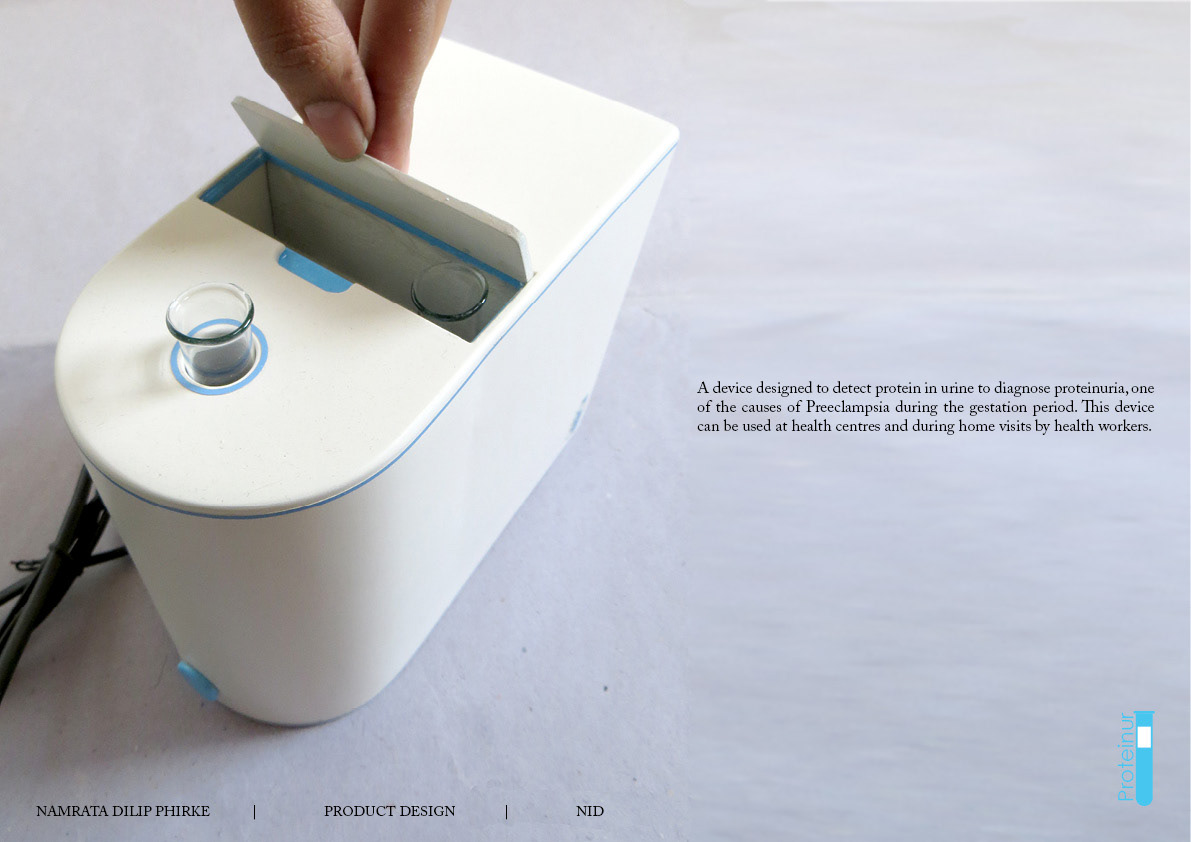
A device designed to detect protein in urine to diagnose proteinuria, one of the causes of Pre-eclampsia during the gestation period. This device can be used at health centres and during home visits by health workers.
